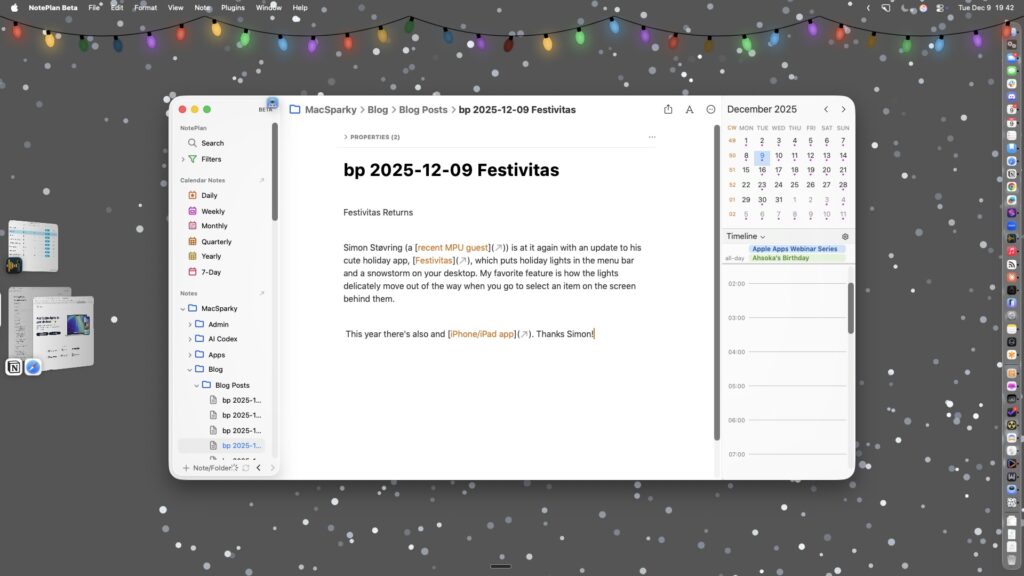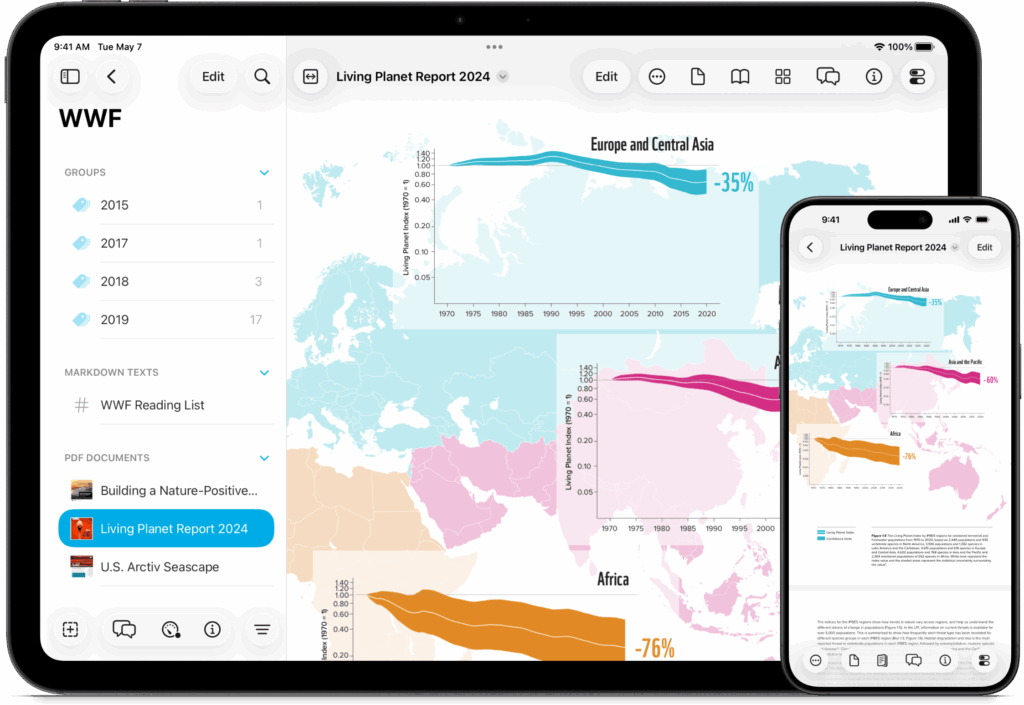For several years now, I’ve been getting back into woodworking. It’s a hobby I love, but through 2024, I kept running into the same problem: I never felt like I was getting enough time in the shop to actually make things.
During my regular reviews, I’d look at my role as a creative person and feel disappointed. I was talking about woodworking more than I was doing it. By the end of 2024, the gap between intention and action had grown so wide that I genuinely questioned whether I could still call myself a craftsman.
Looking back, I think my mistake was planning for specific projects instead of just getting time in the shop. I’d have a project in mind, but life would get in the way, the project would slip, and weeks would pass without me touching a tool.
Heading into 2025, I tried something different. Rather than plan specific projects, I committed to spending an hour in the shop every day. It didn’t matter what I did out there. Pushing a broom counted. Organizing a tool drawer counted. Actually building something counted. The only rule was one hour a day, away from work, being creative with my hands.
This experiment worked brilliantly.
Now I regularly spend time in the shop, and I look forward to it. Every day, one of my 24 hours goes to working with my hands. I find it personally satisfying, and it makes my other work better too. There’s something about stepping away from screens and into sawdust that resets my brain.


The experiment worked so well that I’ve expanded it. I now spend an hour a day on fitness, health, and exercise. Another hour goes to reading books and reflecting on what I read. That last one has let me dive back into the classics I enjoyed in college.
As we head toward the end of the year, I consider this one of the most successful experiments of 2025. It’s been a real improvement in my quality of life.
If you’re heading into a new year with something that’s got you stuck, maybe consider committing time to it rather than specific plans. Stop thinking about the project and start thinking about the practice. See how it works out for you.





